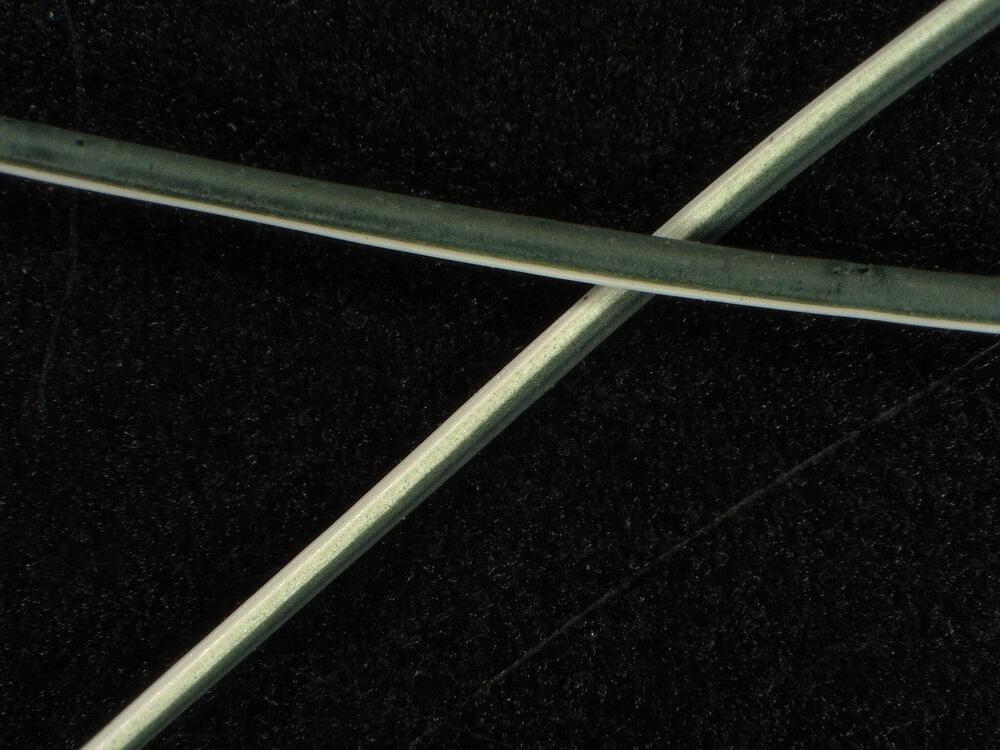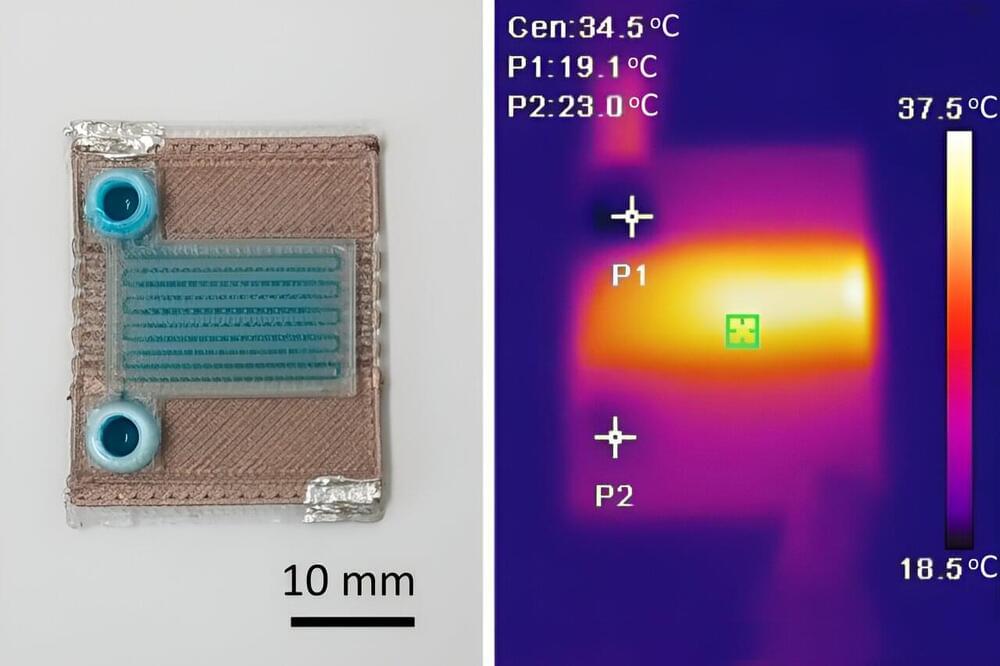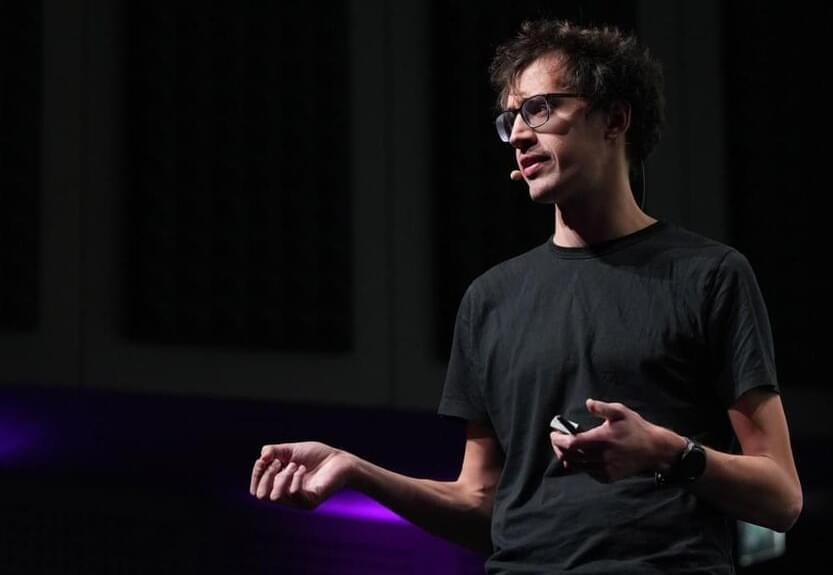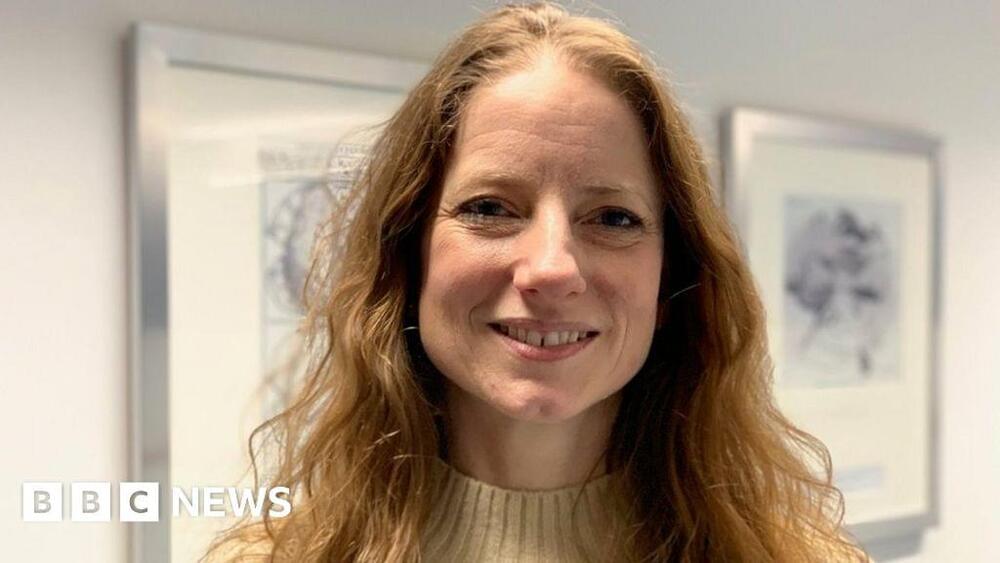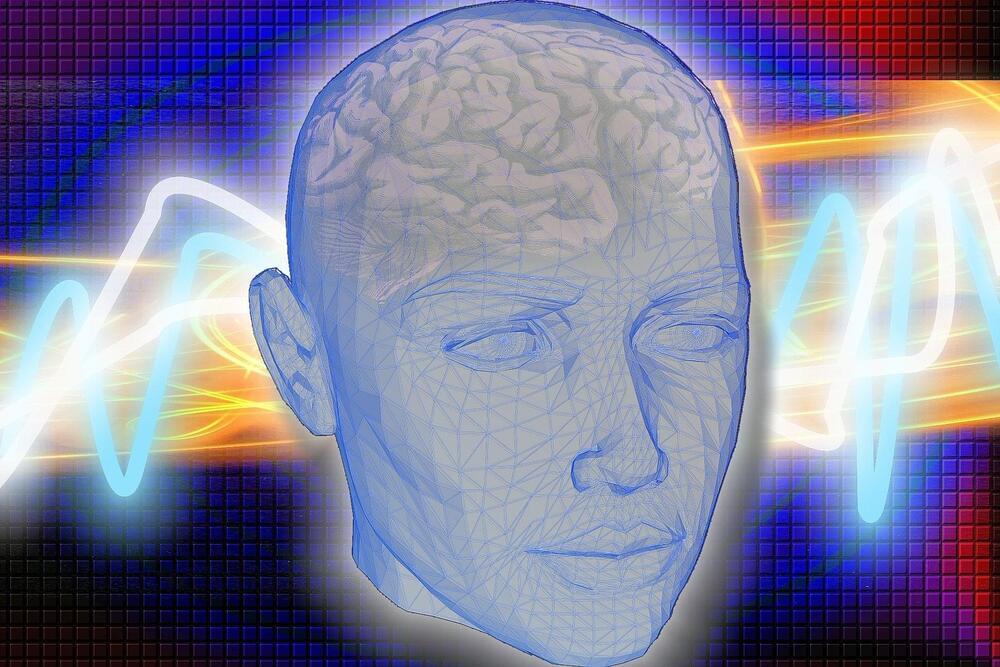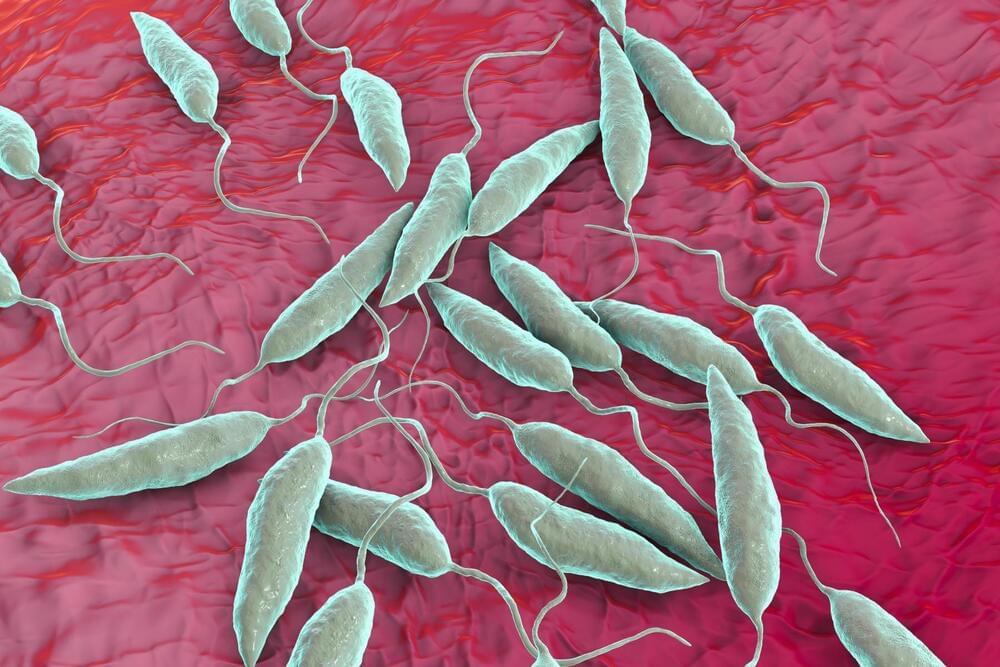A single strand of fiber developed at Washington State University has the flexibility of cotton and the electric conductivity of a polymer, called polyaniline.
The newly developed material showed good potential for wearable e-textiles. The WSU researchers tested the fibers with a system that powered an LED light and another that sensed ammonia gas, detailing their findings in the journal Carbohydrate Polymers.
“We have one fiber in two sections: one section is the conventional cotton: flexible and strong enough for everyday use, and the other side is the conductive material,” said Hang Liu, WSU textile researcher and the study’s corresponding author. “The cotton can support the conductive material which can provide the needed function.”
